Introduction: Korean Grammar ‘-고 있다’
Learning Korean grammar can be challenging, but breaking it down into manageable lessons can make it easier. Today, we will explore the grammar pattern ‘-고 있다,’ which is used to express ongoing actions or states in Korean. This lesson will help you understand and use this form effectively.
Learn Korean with JAEM Korean App: Improve your Korean with our app through free lessons and courses. And also, Join our 4-week challenge program to progress from upper-beginner to master level with Native Korean Coaches.
AI Writing Practice Program: Enhance your writing skills with JAEM TOPIK, our AI-powered practice program. Get personalized feedback and TOPIK tips to elevate your Korean writing.
Our Book: Don’t miss out on our comprehensive book that covers essential Korean language skills and strategies.
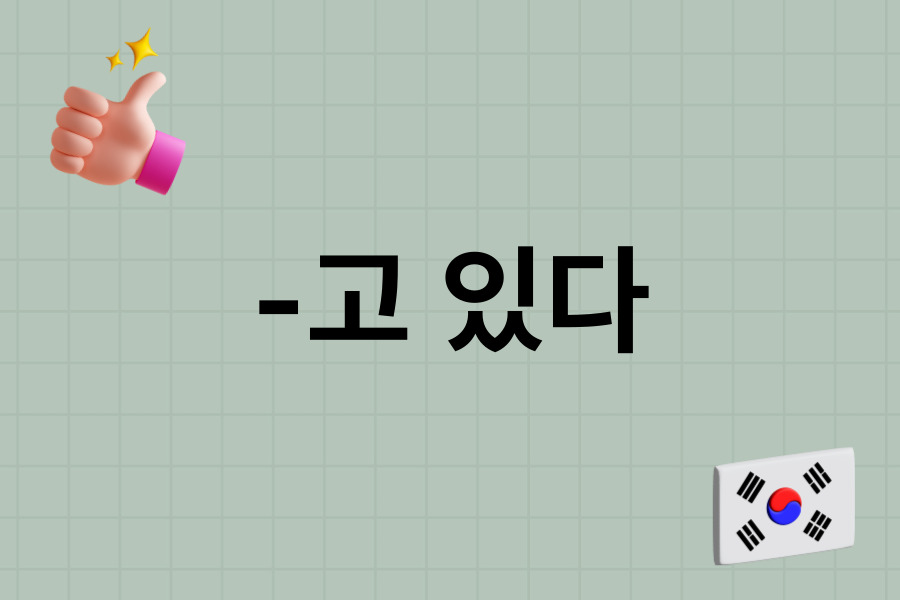
Jump to:
Grammar Explanation: -고 있다
The grammar pattern ‘-고 있다’ is used to express ongoing actions or states, similar to the present continuous tense in English (“-ing” form). It is used with verbs to indicate that an action is currently in progress.
Formation:
- Attach ‘-고 있다’ to the verb stem.
| Verb | Stem | Form | Example Sentence |
| 가다 (to go) | 가 | 가고 있다 | 학교에 가고 있어요 (I am going to school) |
| 먹다 (to eat) | 먹 | 먹고 있다 | 점심을 먹고 있어요 (I am eating lunch) |
| 공부하다 (to study) | 공부하 | 공부하고 있다 | 한국어를 공부하고 있어요 (I am studying Korean) |
Examples:
Verb Examples:
- 보다 (to see/watch)
- 보고 있다 = I am watching.
- 영화를 보고 있어요 = I am watching a movie.
- 읽다 (to read)
- 읽고 있다 = I am reading.
- 책을 읽고 있어요 = I am reading a book.
- 쓰다 (to write)
- 쓰고 있다 = I am writing.
- 편지를 쓰고 있어요 = I am writing a letter.
- 운동하다 (to exercise)
- 운동하고 있다 = I am exercising.
- 운동을 하고 있어요 = I am exercising.
Additional Examples:
- 노래하다 (to sing)
- 노래하고 있다 = I am singing.
- 노래를 하고 있어요 = I am singing a song.
- 청소하다 (to clean)
- 청소하고 있다 = I am cleaning.
- 집을 청소하고 있어요 = I am cleaning the house.
- 일하다 (to work)
- 일하고 있다 = I am working.
- 회사에서 일하고 있어요 = I am working at the company.
- 기다리다 (to wait)
- 기다리고 있다 = I am waiting.
- 버스를 기다리고 있어요 = I am waiting for the bus.
Usage in Context
When using ‘-고 있다’ in different contexts, it emphasizes that the action is ongoing or in progress.
Everyday Contexts:
- 지금 뭐 하고 있어요? = What are you doing now?
- 지금 밥을 먹고 있어요 = I am eating right now.
- 지금 운동을 하고 있어요 = I am exercising now.
Past Continuous Context:
- 어제 무엇을 하고 있었어요? = What were you doing yesterday?
- 어제 숙제를 하고 있었어요 = I was doing my homework yesterday.
- 어제 친구를 만나고 있었어요 = I was meeting my friend yesterday.
Future Continuous Context:
- 내일 이 시간에 무엇을 하고 있을 거예요? = What will you be doing at this time tomorrow?
- 내일 이 시간에 일을 하고 있을 거예요 = I will be working at this time tomorrow.
- 내일 이 시간에 여행을 하고 있을 거예요 = I will be traveling at this time tomorrow.
Cultural Insight: In Korean culture, expressing ongoing actions is common when describing daily routines or current activities. This helps convey the present state or recent past activities clearly.
Common Mistakes in ‘-고 있어요, 하고 있어요’
Common Mistakes:
- Incorrect: 책 읽고 있다 (Correct, but informal)
- Correct: 책을 읽고 있어요 = I am reading a book.
Mistake Explanation: Ensure you are using the correct form ‘-고 있다’ with appropriate particles and conjugations for politeness.
Related Grammar Points
Explore these related grammar points to deepen your understanding:
- -고 싶다: To express desire or want.
- -고 나서: To express doing something after another action.
- -고 싶어하다: To express someone else’s desire or want.
- -고 보니: To express realization after doing something.
Practice Exercises:
Practice Makes Perfect!
- Exercise 1: Conjugate the following verbs with ‘-고 있다.’
- 공부하다 (to study)
- 보다 (to see/watch)
- 기다리다 (to wait)
- 먹다 (to eat)
Answer Key:
- 공부하고 있다
- 보고 있다
- 기다리고 있다
- 먹고 있다
- Exercise 2: Create sentences using ‘-고 있다’ for the following situations:
- I am studying Korean.
- She is watching a movie.
- They are waiting for the bus.
- We are eating dinner.
Answer Key:
- 한국어를 공부하고 있어요.
- 그녀는 영화를 보고 있어요.
- 그들은 버스를 기다리고 있어요.
- 우리는 저녁을 먹고 있어요.
Summary and Conclusion
Today, we covered the grammar point ‘-고 있다’ and how to use it to express ongoing actions or states in Korean. This pattern is essential for conveying what is happening at the moment. Continue practicing with our workbook and check out related lessons for more in-depth learning.
If you have any questions or suggestions, feel free to comment below. Happy learning!
Learn Real Korean with JAEM!
Learn Korean with JAEM Korean App: Discover the best way to learn real Korean with our comprehensive app. Enjoy a wide variety of free lessons and courses designed to help you master the language. Also, our unique 4-week challenge program guides you from an upper-beginner level to a master course, all under the guidance of Native Korean Coaches. Whether you’re just starting out or looking to refine your skills, this program offers an effective path to fluency.
AI Korean Writing Practice Program: Take your Korean writing to the next level with JAEM TOPIK, our innovative AI writing practice program. This service provides personalized feedback and practical tips tailored to your learning needs. With a focus on improving your Korean writing, JAEM TOPIK also offers specific strategies for excelling in the TOPIK exam. Benefit from expert insights and targeted advice to enhance your proficiency and confidence in writing.
Our Book: Additionally, explore our comprehensive book that covers essential Korean language skills and strategies. This valuable resource complements our app and AI program, providing a holistic approach to mastering Korean.
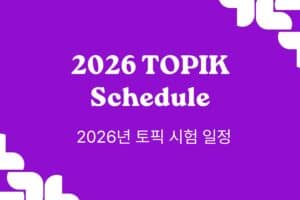
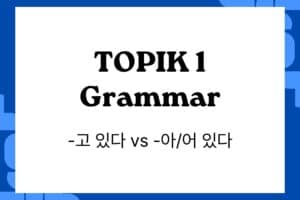
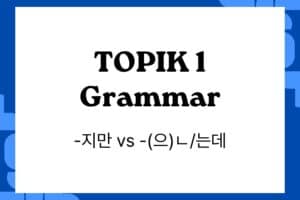
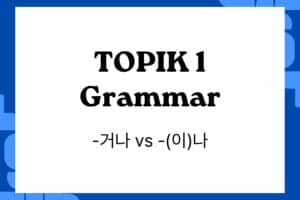
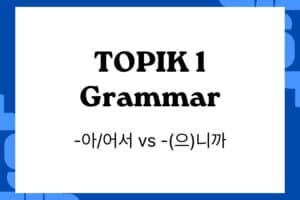
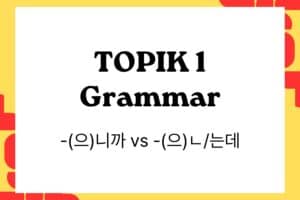
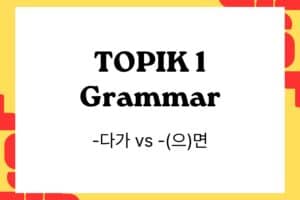
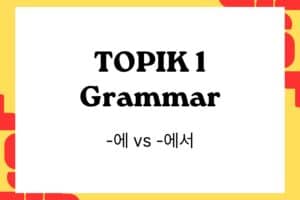
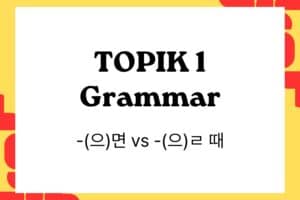
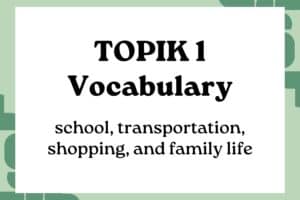
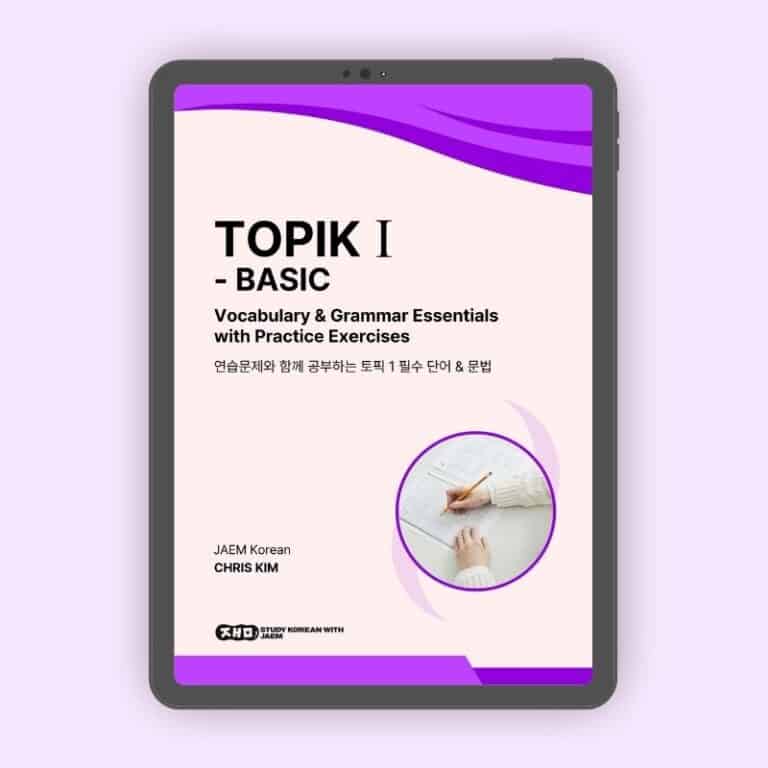
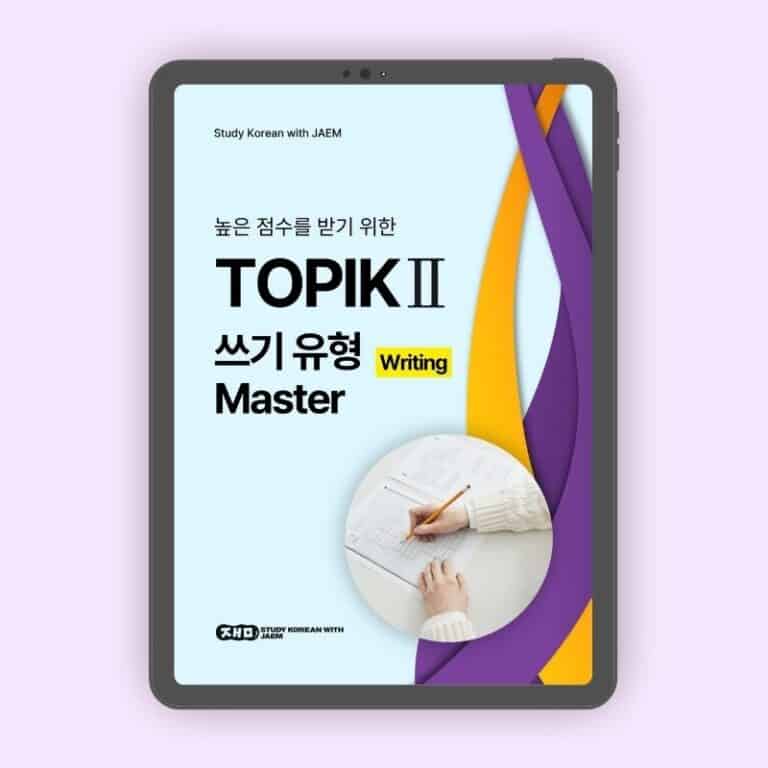
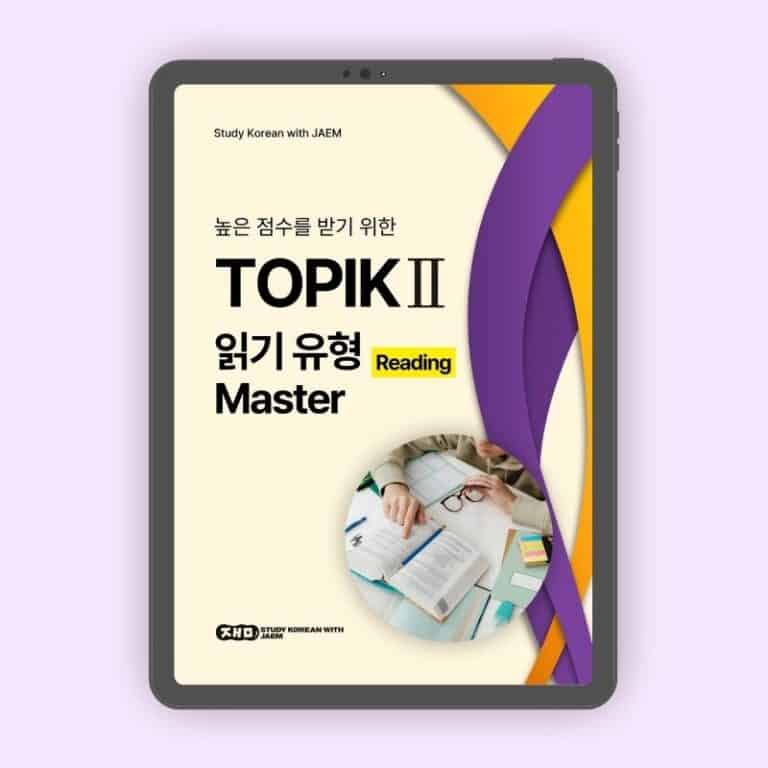

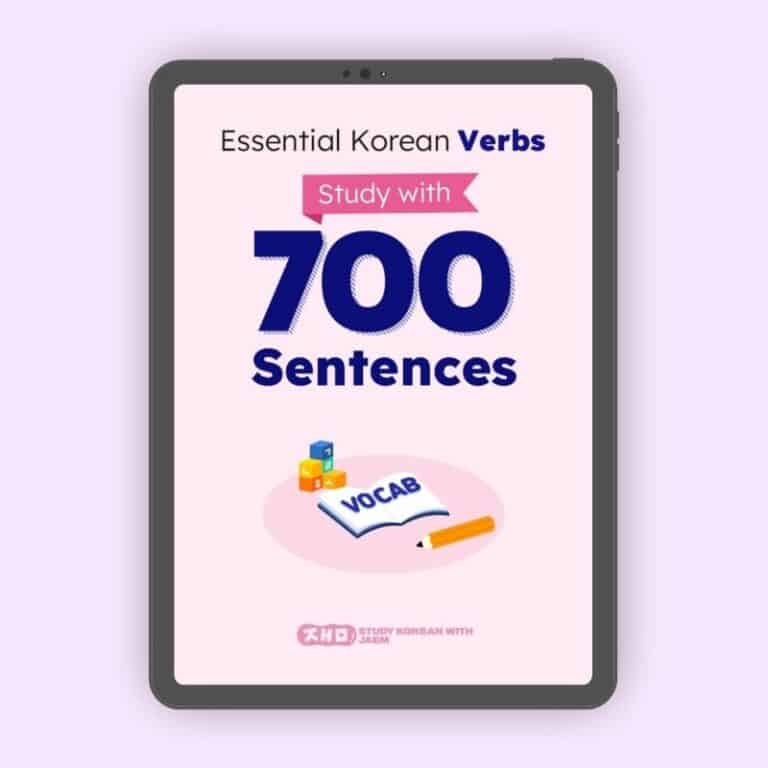
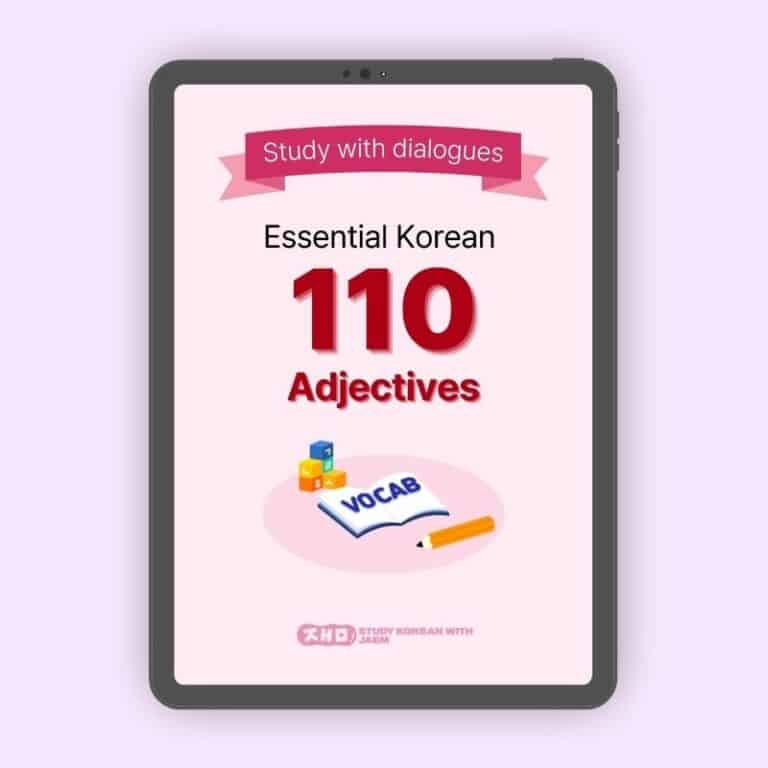

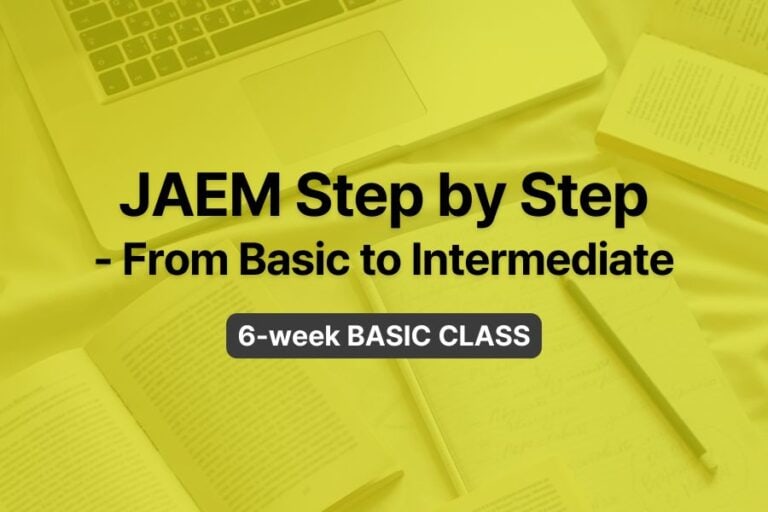

Responses